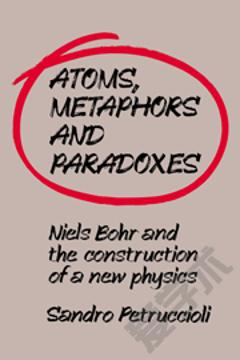Atoms, Metaphors and Paradoxes: Niels Bohr and the Construction of a New Physics
This book gives a detailed study of the development and the interpretation given to Niels Bohr's Principle of Correspondence. It also describes the role that this principle played in guiding Bohr's research over the critical period from 1920 to 1927. Quantum mechanics, developed in the 1920s and 1930s by Bohr, Heisenberg, Born, Schrödinger and Dirac, represents one of the most profound turning points in science. This theory required a wholly new kind of physics in which many of the principles, concepts and models representing reality, that had formed the basis of classical physics since Galileo and Newton, had to be abandoned. This book re-examines the birth of quantum mechanics, in particular examining the development of crucial and original insights of Niels Bohr.
{{comment.content}}








 京公网安备 11010802027623号
京公网安备 11010802027623号